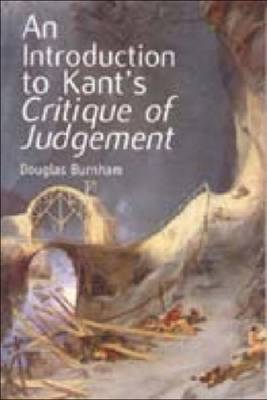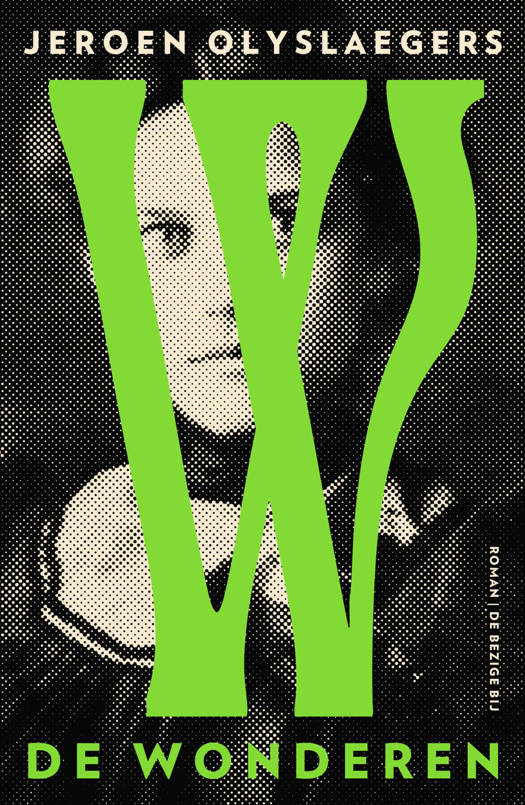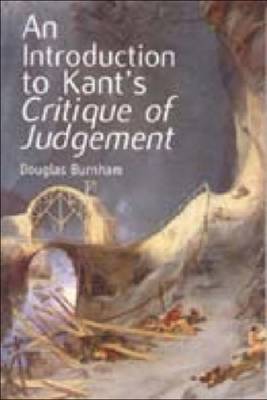
- Afhalen na 1 uur in een winkel met voorraad
- Gratis thuislevering in België vanaf € 30
- Ruim aanbod met 7 miljoen producten
- Afhalen na 1 uur in een winkel met voorraad
- Gratis thuislevering in België vanaf € 30
- Ruim aanbod met 7 miljoen producten
Zoeken
An Introduction to Kant's Critique of Judgement
Douglas (Professor of Philosophy, Staffordshire University) Burn
Paperback
€ 47,45
+ 94 punten
Omschrijving
Kant’s third Critique, the Critique of Judgement, is regarded as one of the most influential books in the history of aesthetics. This book is designed as a reader’s guide for students trying to work their way, step-by-step, through Kant’s text.
Specificaties
Betrokkenen
- Auteur(s):
- Uitgeverij:
Inhoud
- Aantal bladzijden:
- 208
Eigenschappen
- Productcode (EAN):
- 9780748613533
- Verschijningsdatum:
- 20/11/2000
- Uitvoering:
- Paperback
- Afmetingen:
- 156 mm x 232 mm
- Gewicht:
- 328 g

Alleen bij Standaard Boekhandel
+ 94 punten op je klantenkaart van Standaard Boekhandel
Beoordelingen
We publiceren alleen reviews die voldoen aan de voorwaarden voor reviews. Bekijk onze voorwaarden voor reviews.








